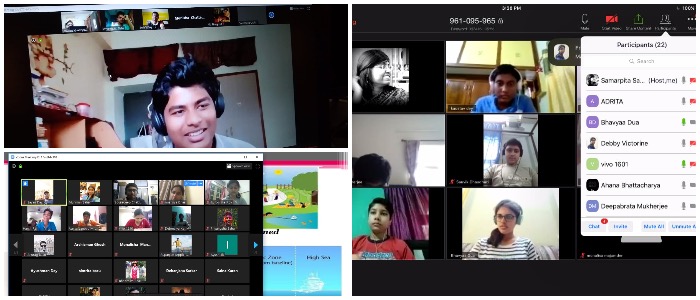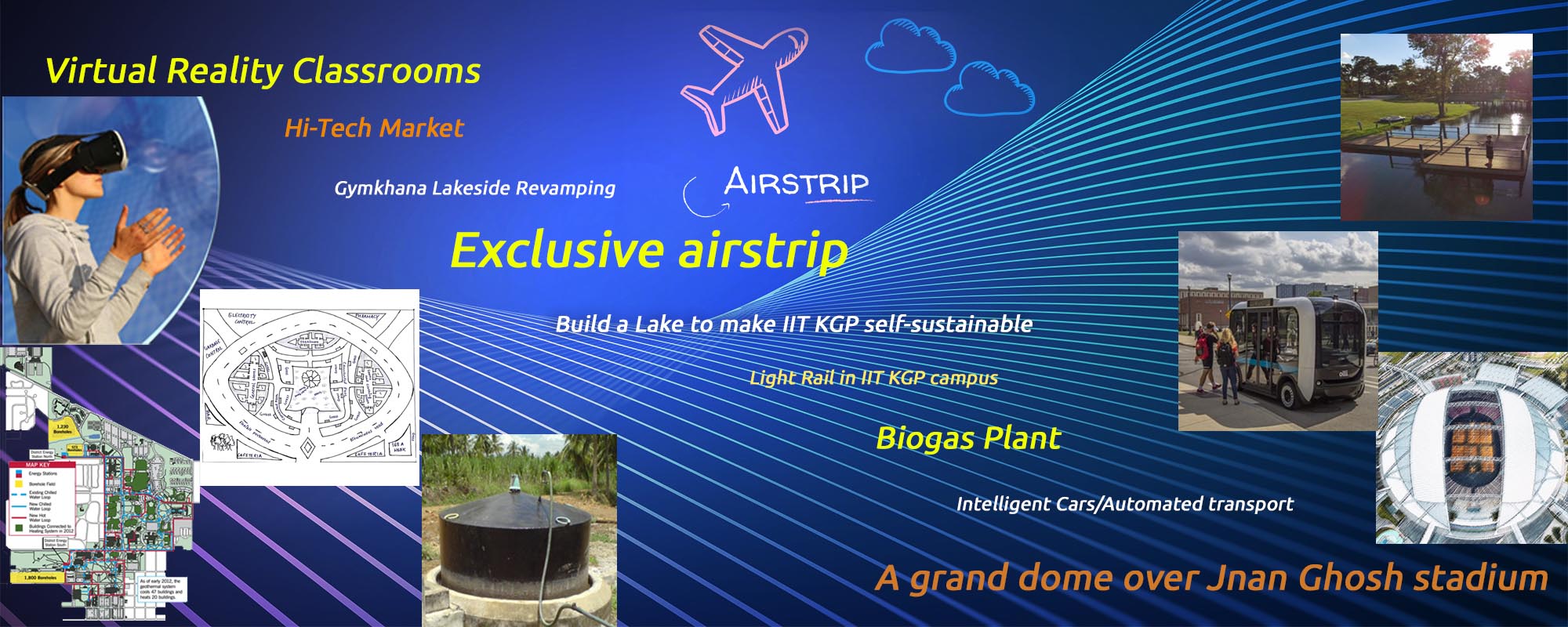
A New Era of Schooling
How is teaching & learning being carried out at IIT Kharagpur's campus schools? Schooling has entered a new era with ongoing COVID-19 pandemic and the lockdown. As contact classrooms have been shut down, schools across India are reinventing the educational system. Blackboards, benches, workbooks have been replaced by computers, smartphones, video lectures, conferencing applications, assignment modules. There are three schools on the campus upto higher secondary level and one school upto its primary section. The schools have gone digital since March 21, 2020. DAV Model School and Kendriya Vidyalas share the experiences with The Kgp Chronicle. DAV Model School at IIT…



